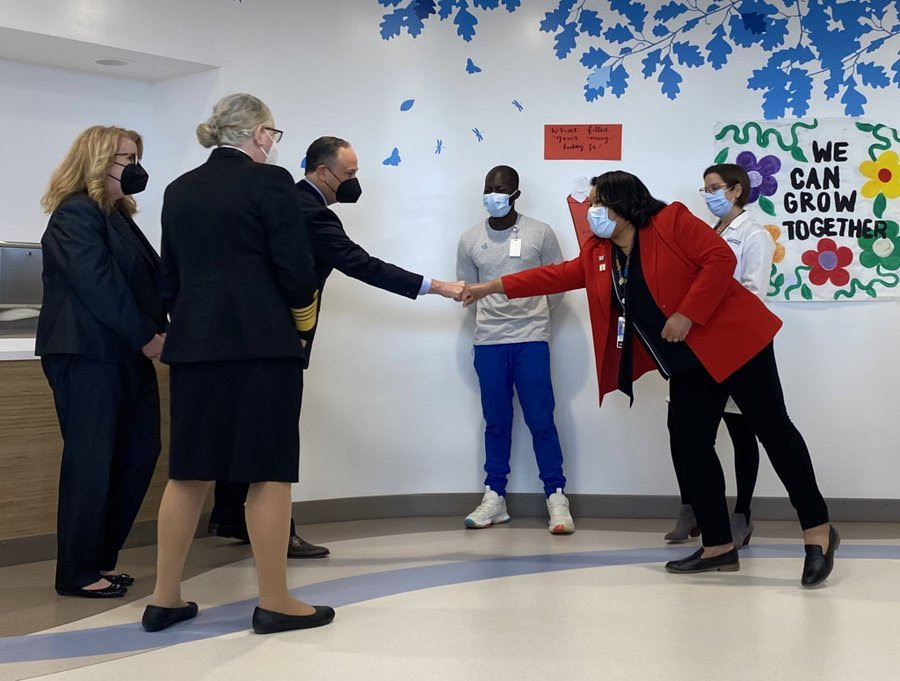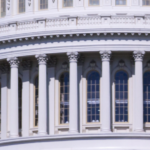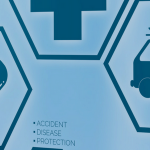HHS OIG Report on Telehealth for Medicare Beneficiaries in COVID-19
From HHS Office of Inspector General on March 15, 2022
Telehealth Was Critical for Providing Services to Medicare Beneficiaries During the First Year of the COVID-19 Pandemic
WHY WE DID THIS STUDY
The COVID-19 pandemic created unprecedented challenges for how Medicare beneficiaries accessed health care. In response, the Department of Health and Human Services (HHS) and the Centers for Medicare & Medicaid Services (CMS) took a number of actions to temporarily expand access to telehealth for Medicare beneficiaries. CMS allowed beneficiaries to use telehealth for a wide range of services; it also allowed beneficiaries to use telehealth in different locations, including in urban areas and from the beneficiary’s home.
This data brief provides insight into the use of telehealth in both Medicare fee-for-service and Medicare Advantage during the first year of the COVID-19 pandemic, from March 2020 through February 2021. It is a companion to a report that examines the characteristics of beneficiaries who used telehealth during the pandemic. Another report in this series identifies program integrity concerns related to telehealth during the pandemic. Understanding the use of telehealth during the first year of the pandemic can shed light on how the temporary expansion of telehealth affected where and how beneficiaries accessed their health care. This information can help CMS, Congress, and other stakeholders make decisions about how telehealth can be best used to meet the needs of beneficiaries in the future.
HOW WE DID THIS STUDY
We based this analysis on Medicare fee-for-service claims data and Medicare Advantage encounter data from March 1, 2020, to February 28, 2021, and from the prior year, March 1, 2019, to February 29, 2020. We used these data to determine the total number of services used via telehealth and in-person, as well as the types of services used. We also compared the number of services used via telehealth and in-person during the first year of the pandemic to those used in the prior year.
WHAT WE FOUND
Over 28 million Medicare beneficiaries used telehealth during the first year of the pandemic. This was more than 2 in 5 Medicare beneficiaries. In total, beneficiaries used 88 times more telehealth services during the first year of the pandemic than they used in the prior year. Beneficiaries’ use of telehealth peaked in April 2020 and remained high through early 2021. Overall, beneficiaries used telehealth to receive 12 percent of their services during the first year of the pandemic. Beneficiaries most commonly used telehealth for office visits, which accounted for just under half of all telehealth services used during the first year of the pandemic. However, beneficiaries’ use of telehealth for behavioral health services stands out. Beneficiaries used telehealth for a larger share of their behavioral health services compared to their use of telehealth for other services. Specifically, beneficiaries used telehealth for 43 percent of behavioral health services, whereas they used telehealth for 13 percent of office visits.
WHAT WE CONCLUDE
Telehealth was critical for providing services to Medicare beneficiaries during the first year of the pandemic. Beneficiaries’ use of telehealth during the pandemic also demonstrates the long-term potential of telehealth to increase access to health care for beneficiaries. Further, it shows that beneficiaries particularly benefited from the ability to use telehealth for certain services, such as behavioral health services. These findings are important for CMS, Congress, and other stakeholders to take into account as they consider making changes to telehealth in Medicare. For example, CMS could use these findings to inform changes to the services that are allowed via telehealth on a permanent basis.




 In his State of the Union address, President Biden announced an ambitious strategy to address our national mental health crisis. At the Health Resources and Services Administration, we stand with the President in his call for unity in our national response and know that for the millions of Americans living with a mental health condition or caring for a loved one with a mental health condition, the time for action is now.
In his State of the Union address, President Biden announced an ambitious strategy to address our national mental health crisis. At the Health Resources and Services Administration, we stand with the President in his call for unity in our national response and know that for the millions of Americans living with a mental health condition or caring for a loved one with a mental health condition, the time for action is now. In February, HRSA announced the winners of the Promoting Pediatric Primary Prevention Challenge, $66.5 million to support community-based vaccine outreach efforts, more than $560 million in pandemic relief payments to health care providers, funding to increase virtual care quality and access, and new funding to support primary care residency programs.
In February, HRSA announced the winners of the Promoting Pediatric Primary Prevention Challenge, $66.5 million to support community-based vaccine outreach efforts, more than $560 million in pandemic relief payments to health care providers, funding to increase virtual care quality and access, and new funding to support primary care residency programs.
 With this funding, nearly $19 billion will have been distributed from the Provider Relief Fund and the American Rescue Plan Rural provider funding since November 2021
With this funding, nearly $19 billion will have been distributed from the Provider Relief Fund and the American Rescue Plan Rural provider funding since November 2021
 Our
Our  A
A  Climate change influences human health and diseases in numerous ways. Underserved communities stand to bear the brunt of these climate-induced risks (e.g., extreme heat, poor air quality, flooding, extreme weather events). HRSA and CDC’s Climate and Health Program invite you to consider the impacts of climate change on the U.S. health care system. CDC will share its work to build resilience to these public health effects.
Climate change influences human health and diseases in numerous ways. Underserved communities stand to bear the brunt of these climate-induced risks (e.g., extreme heat, poor air quality, flooding, extreme weather events). HRSA and CDC’s Climate and Health Program invite you to consider the impacts of climate change on the U.S. health care system. CDC will share its work to build resilience to these public health effects.
 Children’s mental health continues to be a top priority for state leaders across both legislative and executive branches of state government. With COVID-19 exacerbating the challenges children are facing, there is much more work to be done.
Children’s mental health continues to be a top priority for state leaders across both legislative and executive branches of state government. With COVID-19 exacerbating the challenges children are facing, there is much more work to be done.













